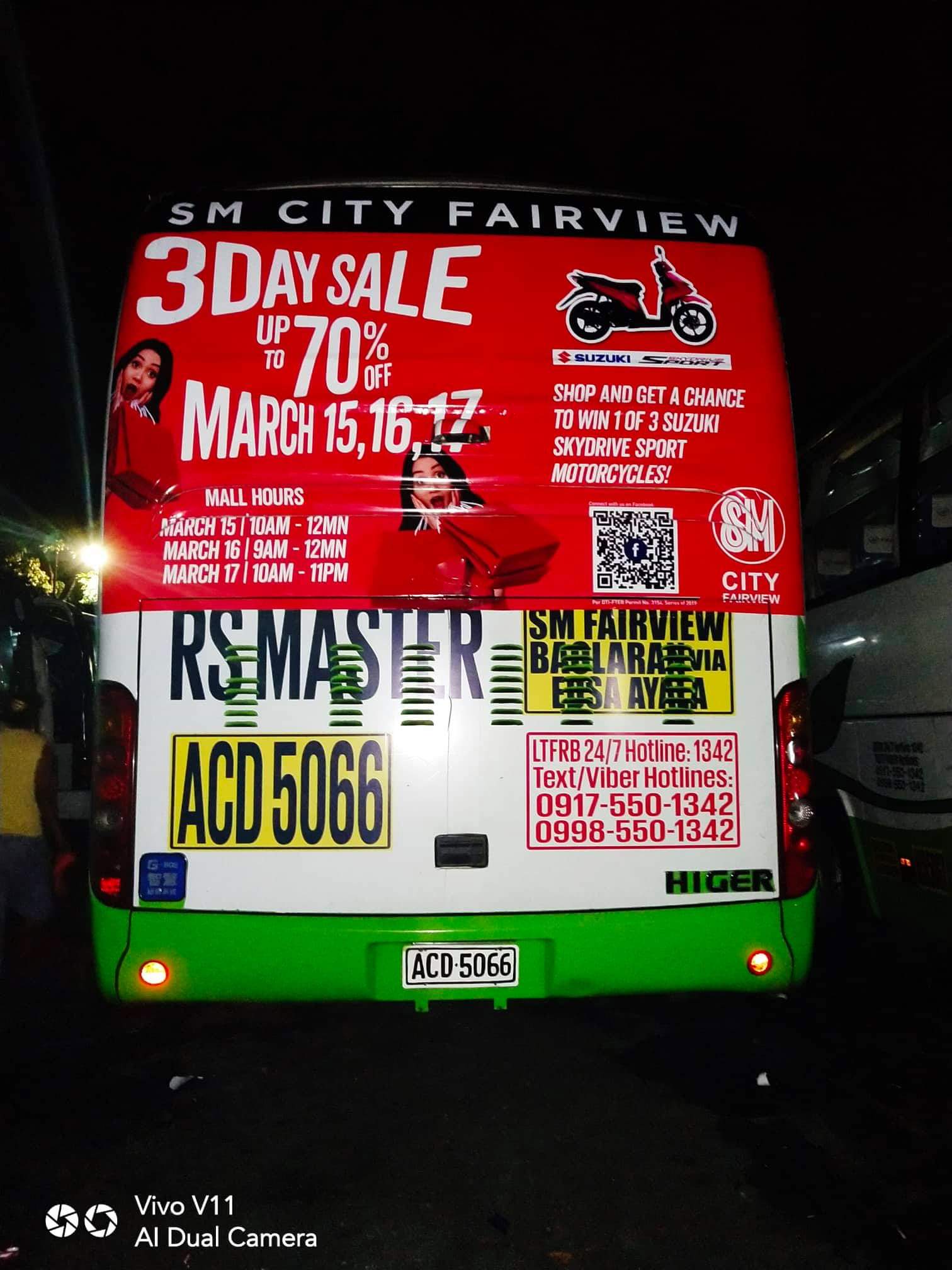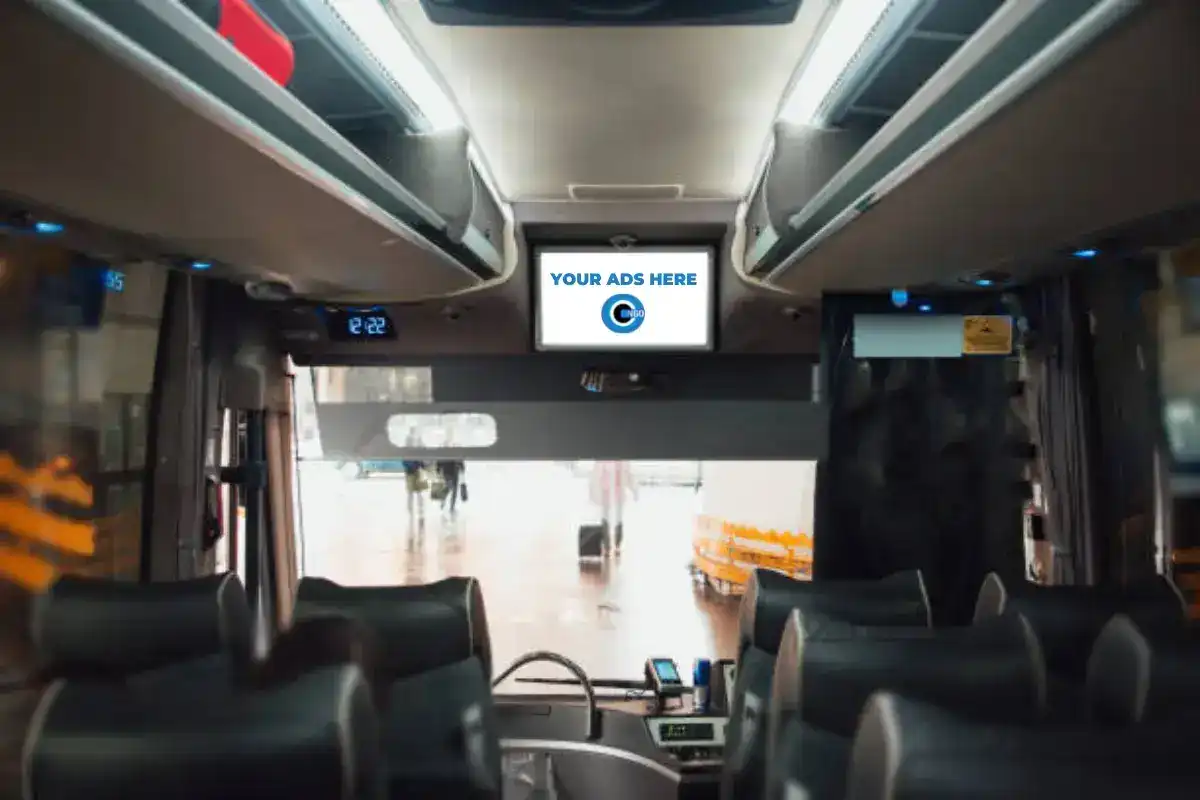Make Best Use Of Exposure with Transit Advertising Philippines
Make Best Use Of Exposure with Transit Advertising Philippines
Blog Article
Understanding the Duty of Transportation Advertising And Marketing in Enhancing Brand Name Presence and Consumer Involvement
Transportation marketing has actually arised as a critical aspect in the advertising landscape, offering unique opportunities for brands to boost their exposure and involve customers efficiently. With the capability to get to a diverse and restricted audience during their day-to-day commutes, these marketing methods are not just regarding presence; they have to do with producing meaningful connections with possible consumers. As we discover the multifaceted benefits and cutting-edge methods within transit marketing, it becomes important to consider how these elements collectively affect consumer understanding and habits, increasing questions regarding their lasting effect on brand commitment.
Definition of Transit Marketing
Transportation advertising describes the technique of advertising products, services, or brand names with promotions positioned in and around public transport systems. This kind of advertising and marketing includes a range of positionings, including posters on trains and buses, digital displays at transit stations, and covers on the outside of lorries. It intends to reach a varied target market, utilizing on the high foot website traffic associated with public transit.
Transit advertising and marketing is strategically placed to record the attention of travelers, that commonly spend significant time traveling or waiting. By integrating ads right into the day-to-day routines of people, brand names can develop an enduring impact and foster brand recognition. The medium is especially reliable in metropolitan settings, where public transport is a primary mode of travel.
Additionally, transit marketing can promote localized targeting, permitting companies to get to specific demographics based on transportation routes and terminal locations. As city populaces grow and making use of public transport rises, this marketing approach has actually obtained prominence as a vital part of integrated marketing methods. The vibrant nature of transportation marketing, incorporated with its capability to involve customers in a restricted setting, highlights its importance in contemporary advertising and marketing techniques.
Benefits of Transit Marketing
The effectiveness of transportation advertising exists in its capacity to supply a plethora of advantages to brand names seeking to enhance presence and involvement. Among the main benefits is the extensive reach it provides; transportation ads can effectively target varied demographics throughout city locations, reaching both commuters and pedestrians alike. This wide exposure considerably boosts brand recognition.
One more advantage is the high frequency of impressions. As transportation automobiles take a trip along recognized courses and quit at several places, they develop recurring exposure that reinforces brand name messages. This regularity cultivates familiarity, which is critical in customer decision-making.
Transportation marketing is likewise cost-efficient compared to other media platforms. Given its large reach and capacity for high impacts, brands often experience a reduced cost per thousand impacts (CPM), maximizing their advertising budget.
Moreover, transit ads can produce a feeling of neighborhood link. By straightening with local transportation systems, brand names can reverberate with local target markets and cultivate a feeling of neighborhood satisfaction. This localized method enhances brand commitment and involvement, making transit marketing an engaging option for services aiming to strengthen their presence in the marketplace.

Reliable Approaches for Transit Campaigns
To maximize the influence of transit projects, brand names ought to leverage calculated planning and execution customized to their target audience. Initially, identifying the group qualities of the target market utilizing public transit is critical. This enables brand names to produce personalized messaging that reverberates with possible clients.
Following, selecting the ideal transportation mediums is necessary. Whether utilizing bus covers, metro posters, or electronic screens, each tool has unique benefits that can enhance visibility. For example, lively visuals on bus covers can attract interest, while electronic advertisements can be upgraded frequently to show prompt promos.
In addition, integrating a natural branding approach across transit platforms view publisher site makes certain consistency and reinforces the brand's identification. Utilizing memorable taglines and eye-catching layouts will reinforce brand name recall amongst commuters.
By utilizing these methods, brand names can successfully harness the possibility of transportation marketing, promoting higher recognition and link with their target audience. Eventually, a well-executed transit project can drive considerable development in brand name presence and consumer interaction.

Determining Effect and Interaction
In assessing the efficiency of transit marketing campaign, exact dimension of effect and engagement is crucial for brand names seeking to enhance their marketing strategies. Metrics such as reach, regularity, and impressions give fundamental data to examine visibility. Examining these elements aids identify the number of possible clients are revealed to the ads throughout their daily commutes.
Involvement can be additional evaluated through consumer communications, such as internet site web traffic, social media points out, and direct actions to calls-to-action featured in the advertisements. Using devices like QR codes or unique URLs can promote tracking of consumer actions straight linked to transit projects. Studies and feedback systems likewise function as beneficial methods to gather qualitative information on customer perceptions and recall of the advertisement.
Additionally, progressed analytics and attribution models can correlate transportation direct exposure with succeeding acquiring habits, providing understandings right into the return on financial investment. By employing an extensive technique that integrates qualitative and quantitative measures, brands can develop a nuanced understanding of their transit marketing impact. Inevitably, this data-driven approach enables brand names to refine their projects, guaranteeing they reverberate properly with target market and enhance overall brand visibility.
Study of Effective Campaigns
Successful transit ad campaign offer as engaging examples of how efficient methods can raise brand visibility and engagement. Transit Advertising Philippines. One notable instance is the "I Love New york city" project, which changed the city's picture and attracted millions of tourists. By making use of train ads, billboards, and bus covers, the campaign created a solid, natural brand name identification, causing a substantial uptick in tourist and local business patronage
An additional exemplary project is Coca-Cola's "Share a Coke" campaign, which leveraged transit advertising to individualize the brand experience. By including prominent names on promotional materials across various transportation platforms, Coca-Cola cultivated a deeper psychological connection with customers, motivating them to share their experiences on social media.
In addition, the "Got Milk?" campaign properly used public transport ads to get to a broad target market, enhancing the message of the significance of milk in a well balanced diet plan. The project saw a measurable rise in milk usage in target demographics.
These study show his explanation that when executed attentively, transit advertising and marketing can substantially enhance brand name visibility, foster consumer involvement, resource and drive measurable results, showing its vital function in modern-day marketing methods. - Transit Advertising Philippines
Conclusion
In final thought, transportation advertising acts as an essential tool for improving brand name presence and fostering consumer interaction. By making use of strategically placed promotions within mass transit systems, brands can successfully get to diverse audiences and strengthen recognition with consistent exposure. The implementation of targeted messaging and ingenious techniques further magnifies the influence of transit campaigns. Inevitably, the capability to measure involvement and assess successful study highlights the performance of transit marketing in driving brand name commitment and customer interactions.
Transportation advertising has arised as an essential component in the marketing landscape, supplying unique opportunities for brands to elevate their visibility and involve customers properly.Additionally, transit advertising can assist in localized targeting, permitting organizations to reach specific demographics based on transportation routes and terminal areas.In examining the efficiency of transportation advertising and marketing campaigns, exact measurement of influence and interaction is important for brand names seeking to maximize their advertising and marketing methods.Successful transportation marketing campaigns serve as engaging examples of exactly how effective methods can elevate brand name visibility and involvement.In verdict, transit marketing serves as an essential device for enhancing brand visibility and fostering customer involvement.
Report this page